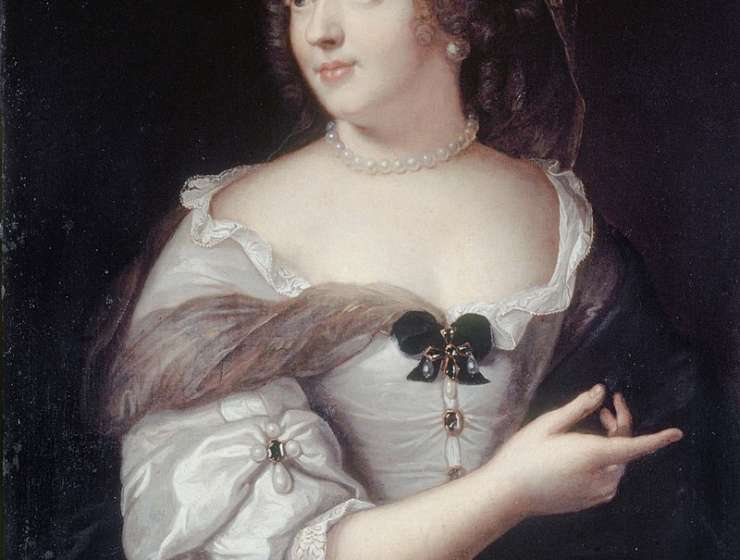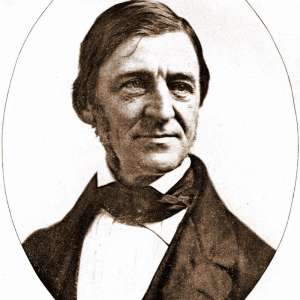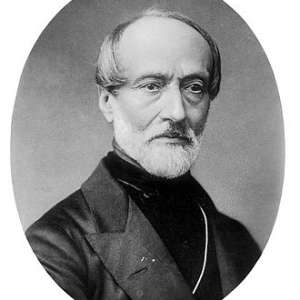
Throughout much of her long life, seventeenth-century French noblewoman Marie de Rabutin-Chantal, marquise de Sévigné compulsively wrote letters. Whether she intended to be published or not, her correspondence has been read for centuries as both a canonical literary text and a goldmine of historical information about the “Grand Siècle,” an era known more for the rules governing the literary arts than for the kind of spontaneity that Sévigné's correspondence exemplifies.
The marquise's letters are an irreducible hybrid, combining learned literary references and philosophical reflections on life and death with spontaneous observations of the everyday. There is a kind of “eruption of reality,” to quote Roger Duchêne, onto the pages of the letters as Mme de Sévigné lives so much of...










































